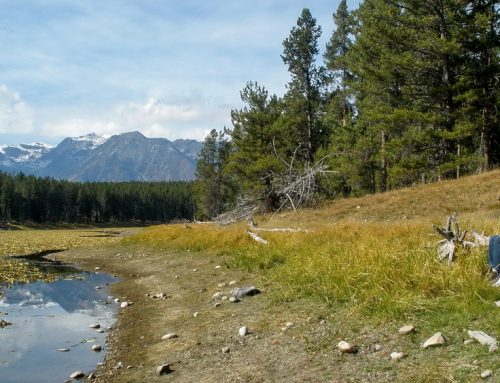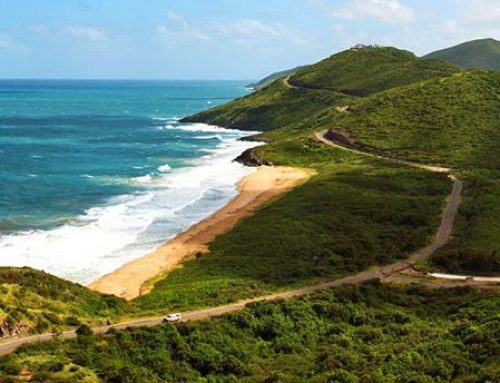
Lanzarote’s Jardin de Cactus
Part of Spain but geographically closest to Africa, the Canary Islands are a popular vacation destination for Europeans. Lanazrote is the easternmost of the Canaries, known for its biological wealth (nearly 100 species found nowhere else but this single island), quaint fishing villages, volcanic landscape, year-round sun and lovely beaches.
With an economy dependent on tourism, the Lanzarote government has been careful about its development. The progenitor of this philosophy was local artist Cesar Manrique, who inspired building restrictions (you’ll find no high-rise hotels or billboard advertising on Lanzarote), as well as the creation of several cultural and natural attractions. In 1991, the Lanzarote Zoning Plan went so far as to reverse the approval of a quarter of a million planned tourist beds. Two years later, the island was named a UNESCO Biosphere Reserve, with almost half its area protected. Today, Lanzarote’s identity is fully wrapped up in its position as a sustainable destination; local businesses help educate visitors on issues such as water consumption and energy conservation. Lanzarote’s role as an Early Adopter of the GSTC’s Destination Criteria is a natural next step for a place that’s been so thoughtful about its tourism development up until now.




